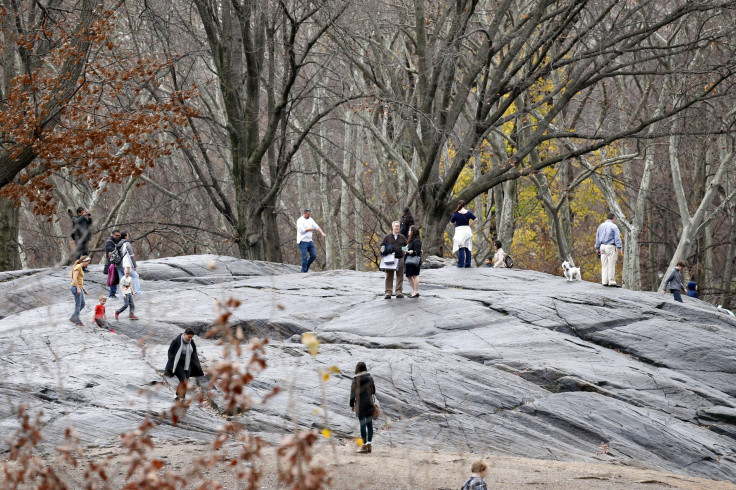Warmest December On Record Affected The Economy: Report

Last month was the warmest December on record, affecting various sectors, including retail, energy and manufacturing and making it harder for experts trying to track the economy, MarketWatch reported Friday. December’s toasty temperatures were 6 degrees Fahrenheit above average, according to the National Centers for Environmental Information, shattering the previous record set in 1939.
Utility output reportedly declined severely in December, and data revealed that power plants had more slack in December than at any time on record, according to a measure of capacity in use in the sector, a report released Friday by the Federal Reserve revealed. Heating energy requirements, as measured by the population-weighted heating degree days, were the lowest for any December in 66 years of data, Michael Gregory, head of U.S. economics at BMO Capital Markets, noted, MarketWatch reported.
Since economists use seasonal adjustments to track the economy sequentially, “deviations make it hard to read the underlying sign of what the economy is actually doing,” Jesse Hurwitz, an economist at Barclays Capital, said, MarketWatch reported.
December’s high temperatures decreased consumer spending, lowering growth. The economy decelerated to a 0.4 percent annual rate in the fourth quarter, from 2 percent in the third quarter, according to Hurwitz.

December’s record-shattering temperatures increased the 2015 average annual temperature for all U.S. states — aside from Hawaii and Alaska — to its second-warmest level on record, the Washington Post reported. In 2015, 11 months were warmer than normal, and averaged over the entire year, every state was reportedly warmer than normal. El Nino, in which normal sea surface temperatures in the Pacific are much warmer than usual, contributed to the increased warmth in 2015. However, the warming weather was most likely related to accruing greenhouse gases in the atmosphere from human emissions, according to the Washington Post.
“The fact is that we live in a warming world,” Deke Arndt, chief of the NOAA's Climate Monitoring Branch, said, Climate Central reported. “We’re going to be dealing with more extreme heat events and more extreme rainfall events, and I think that really showed up in the results from the year as a whole."
© Copyright IBTimes 2025. All rights reserved.






















